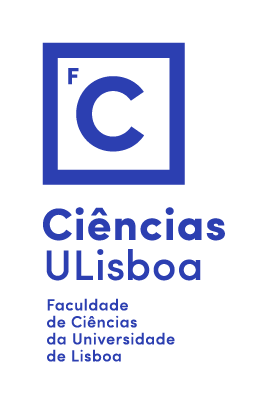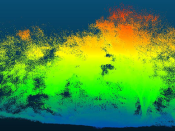Por Jagoba Malumbres-Olarte (Post-Doc Researcher, cE3c group Island Biodiversity, Biogeography & Conservation).
Understanding the mechanisms behind community assembly requires considering processes such as adaptation, speciation and movement, and using data on the ecological and evolutionary relationships among organisms, and on the interactions with their physical environment. Although we are often limited by the amount and quality of the data, taxa such as spiders can provide excellent community data, as long as we use appropriate sampling protocols to generate them. In this seminar, I will present the research that my collaborators and I have been conducting to try to understand community assembly and to promote its use for conservation, using examples of studies focused on a variety of ecosystems – from tropical, mangrove and Mediterranean forests, going through deserts to urban parks.









